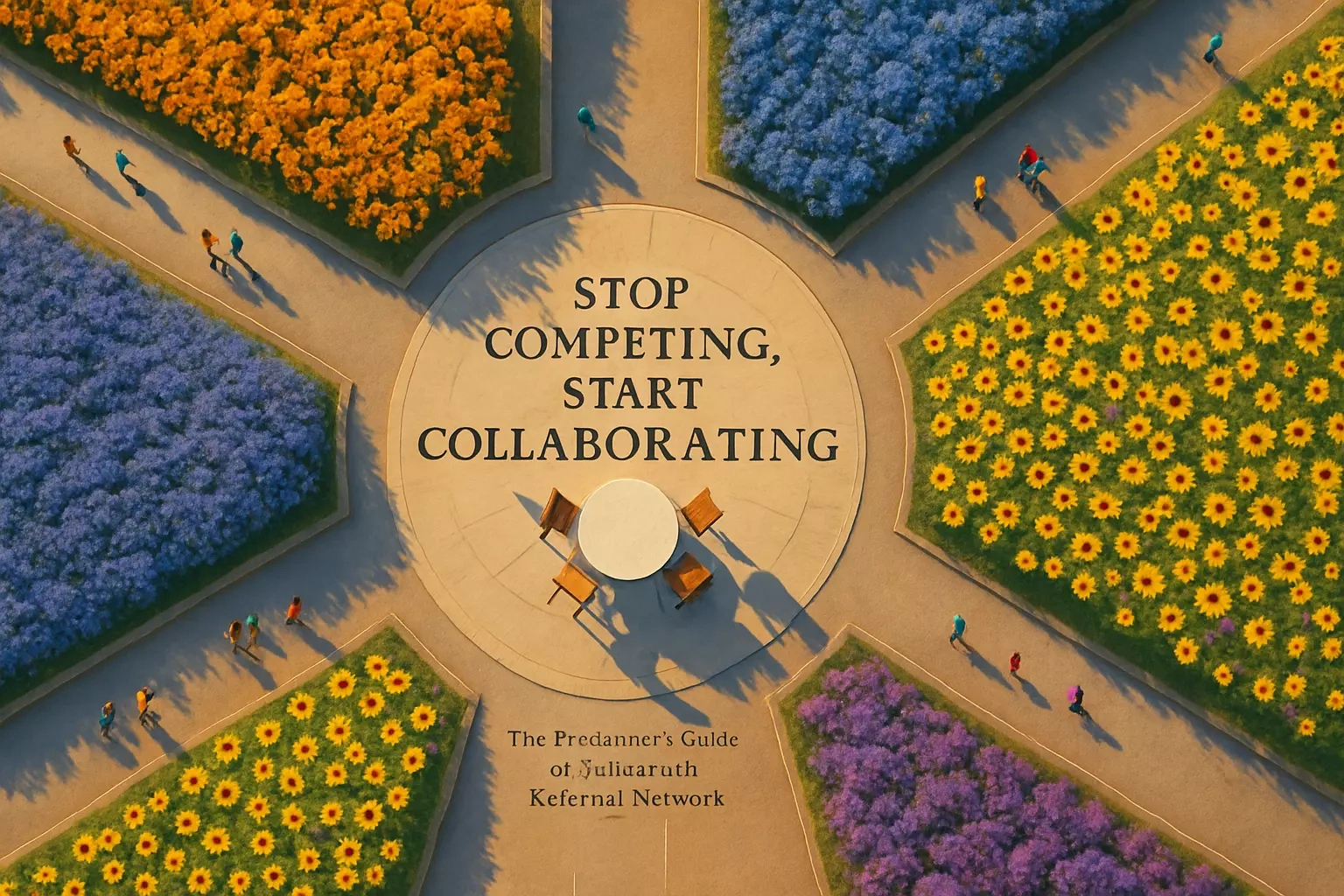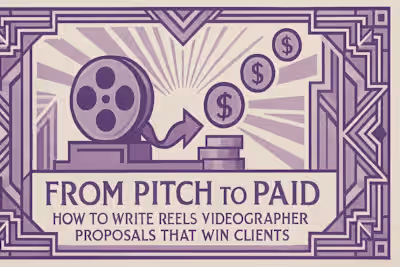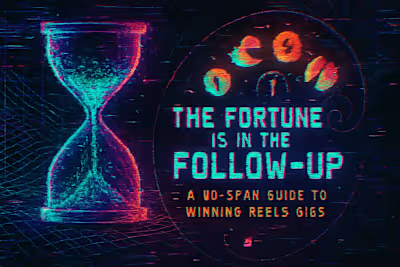Stop Competing, Start Collaborating: The Freelancer's Guide to a Powerful Referral Network

Stop Competing, Start Collaborating: The Freelancer's Guide to a Powerful Referral Network
The Mindset Shift: From Competition to Collaboration
The Abundance Mentality: There's Enough Work for Everyone
Why Other Creators Are Your Best Sales Team
Identifying Your Ideal Referral Partners
Who to Connect With: The Creative Ecosystem
Where to Find Them: Online and Offline Hubs
The Art of Building Genuine Connections
The 'Give First' Principle
Engaging Authentically on Social Media
The Coffee Chat: Taking the Relationship Offline
Formalizing the Referral Relationship
Creating a Referral 'One-Sheet'
To Fee or Not to Fee: Structuring Referral Agreements
Conclusion
References
Stop Competing, Start Collaborating: The Freelancer's Guide to a Powerful Referral Network
The Mindset Shift: From Competition to Collaboration
The Abundance Mentality: There's Enough Work for Everyone
Why Other Creators Are Your Best Sales Team
Identifying Your Ideal Referral Partners
Who to Connect With: The Creative Ecosystem
Where to Find Them: Online and Offline Hubs
The Art of Building Genuine Connections
The 'Give First' Principle
Engaging Authentically on Social Media
The Coffee Chat: Taking the Relationship Offline
Formalizing the Referral Relationship
Creating a Referral 'One-Sheet'
To Fee or Not to Fee: Structuring Referral Agreements
Conclusion
References
Posted Jun 30, 2025
Unlock a steady stream of client referrals. Learn the networking secrets to build relationships with fellow creators and turn your community into your best marketing channel.









